Non-Newtonian flow in the process industries: fundamentals and engineering applications
4.5
Reviews from our users

You Can Ask your questions from this book's AI after Login
Each download or ask from book AI costs 2 points. To earn more free points, please visit the Points Guide Page and complete some valuable actions.Related Refrences:
Welcome to a detailed introduction to the seminal book "Non-Newtonian Flow in the Process Industries: Fundamentals and Engineering Applications", authored by R. P. Chhabra and J. F. Richardson. This book stands as a cornerstone in the field of fluid mechanics and process engineering, meticulously addressing the behavior of non-Newtonian fluids and their applications in industrial environments. With a combination of foundational concepts, engineering insights, and real-world examples, this work is an indispensable resource for professionals, researchers, and students alike.
Detailed Summary of the Book
In the world of fluid dynamics, most introductory texts focus predominantly on Newtonian fluids—materials whose viscosity remains constant regardless of applied shear stress. However, many materials processed in industries, such as polymer melts, slurries, suspensions, and biological substances, exhibit non-Newtonian behavior in which their flow properties depend on factors like shear rate or time. This book dives deep into the science of non-Newtonian flow, providing clear explanations and a rigorous mathematical framework.
Part one of the book establishes fundamental concepts, including fundamental rheology and fluid classification. It explains the wide variety of non-Newtonian fluid types such as pseudoplastic, viscoplastic, and thixotropic substances, offering clarity on their differences and modeling techniques. The second part delves into specific process engineering applications, ranging from mixing and filtration to heat transfer and transport phenomena. Chhabra and Richardson integrate robust examples, calculations, and design considerations to elucidate how non-Newtonian properties impact industrial performance.
The material is presented in a systematic and lucid manner, suitable for both theoretical exploration and practical implementation. Its blend of academic depth and industrial relevance makes it a must-read for anyone involved in the design or optimization of chemical and manufacturing processes.
Key Takeaways
- Comprehensive knowledge of the types of non-Newtonian fluids, their flow characteristics, and the mathematical models used to describe them.
- In-depth exploration of rheological measurements and techniques for understanding material behavior under varying conditions.
- Practical guidance for applying non-Newtonian fluid dynamics principles in engineering processes such as mixing, pumping, heat transfer, and material transport.
- Illustrative examples that highlight the significance of viscosity changes in real-world industrial environments.
- Clear, structured chapters that make complex concepts accessible to readers of varying technical expertise.
Famous Quotes from the Book
"The behavior of non-Newtonian fluids defies intuition, demanding an analytical and experimental approach to understand and manipulate the principles governing their motion."
"In process engineering, understanding the dynamics of non-Newtonian flow is not merely an intellectual exercise but a practical necessity for achieving operational excellence."
"The challenges posed by non-Newtonian materials lie not only in their complexity but in the opportunities they offer to innovate and optimize engineering systems."
Why This Book Matters
As industries evolve, the materials used in processes are becoming increasingly complex. Non-Newtonian fluids are ubiquitous in sectors like chemical manufacturing, food processing, pharmaceuticals, and cosmetics. Without a thorough understanding of their behavior, engineers and designers risk inefficiencies, equipment failures, or suboptimal production outcomes.
This book bridges the gap between theoretical rheology and practical engineering, empowering readers to tackle real-world challenges. It provides insights essential for designing systems capable of handling high-viscosity or shear-sensitive materials, minimizing costs and maximizing productivity. Its emphasis on both fundamental concepts and applied knowledge ensures it remains relevant across disciplines and time.
By offering clarity and structure to an otherwise complex topic, "Non-Newtonian Flow in the Process Industries" has established itself as a foundational text for engineers seeking to understand fluid behavior beyond traditional Newtonian models.
Free Direct Download
You Can Download this book after Login
Accessing books through legal platforms and public libraries not only supports the rights of authors and publishers but also contributes to the sustainability of reading culture. Before downloading, please take a moment to consider these options.
Find this book on other platforms:
WorldCat helps you find books in libraries worldwide.
See ratings, reviews, and discussions on Goodreads.
Find and buy rare or used books on AbeBooks.
1323
بازدید4.5
امتیاز0
نظر98%
رضایتReviews:
4.5
Based on 0 users review
Questions & Answers
Ask questions about this book or help others by answering
No questions yet. Be the first to ask!
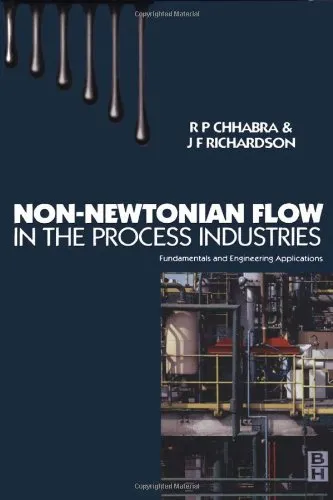

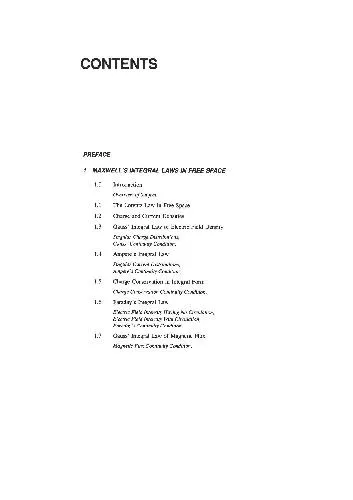
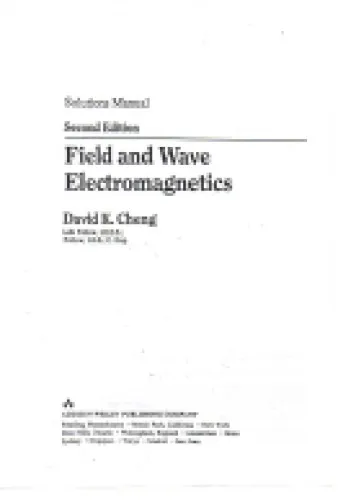



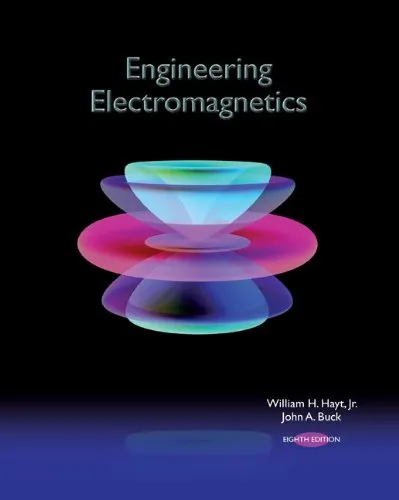


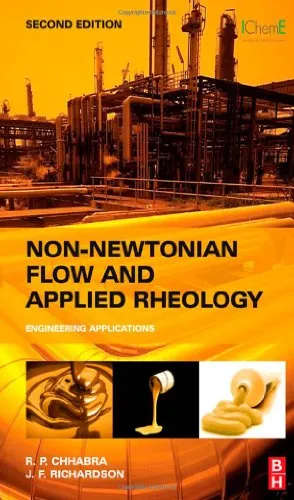

![Electricity and Magnetism. Chapters from Concepts of Physics [Chapters 31-41]](https://s3.refhub.ir/images/thumb/Electricity_and_Magnetism__Chapters_from_Conc_43012.webp)
